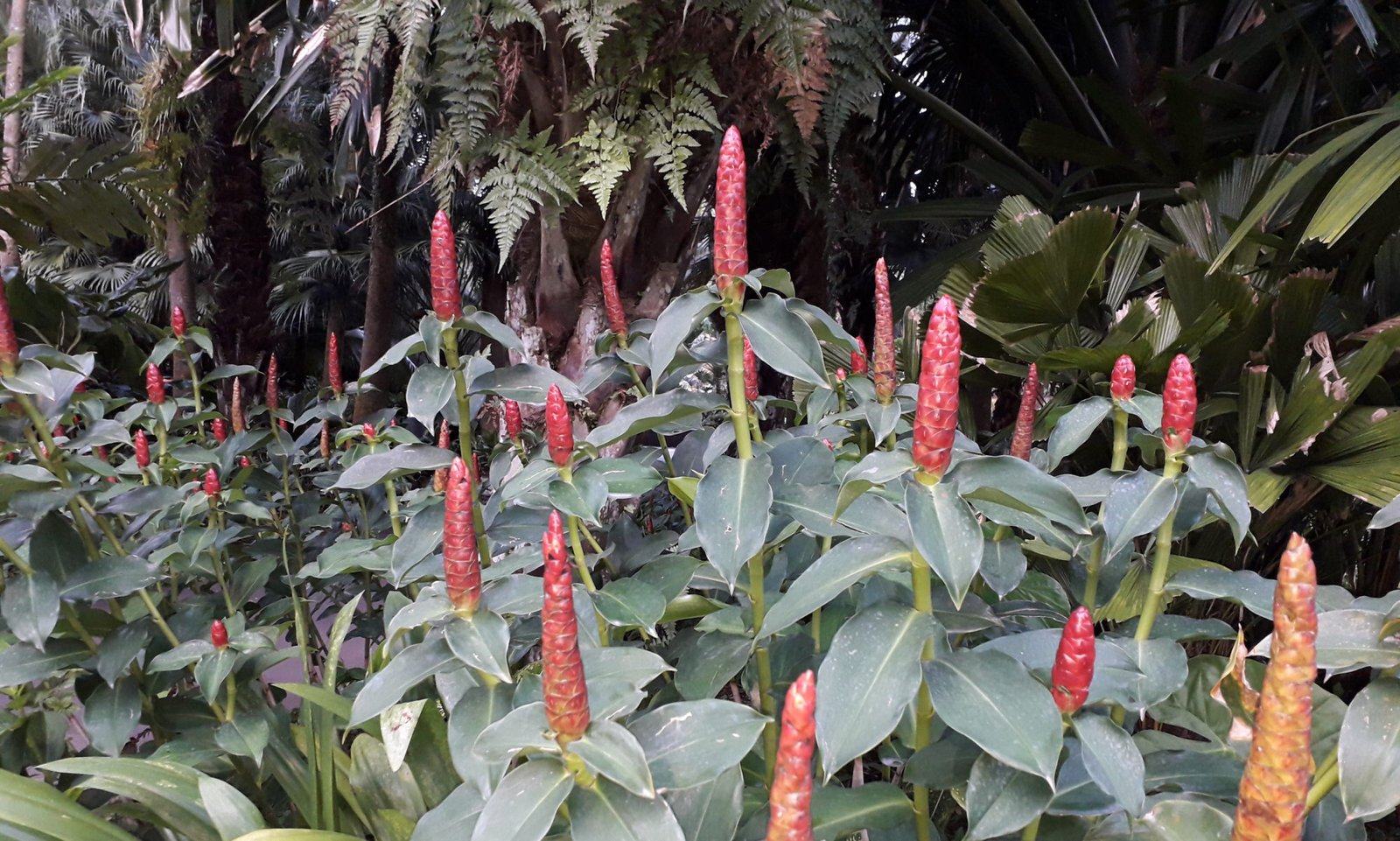Abstract
Background: Bisphenol A (BPA) is mainly used in the production of polycarbonate, a material with high durability and strength. This chemical is also used in the production of epoxy resins, applied in the coating of metal surfaces in contact with food. Moreover, it is employed in thermal paper. BPA has been widely reported by the media, being the aim of diverse scientific studies, since it is a xenoestrogen with a chemical structure identical to that of 17β-estradiol, which allows it to interact with human estrogen receptors.
Approach: BPA monitoring is essential to avoid the potential health risk of the population, the European Union has recently updated the specific migration limit (SML) for BPA at 0.05 mg/kg of food. The present paper is the result of a vast literature review carried out to set up the state of the art related to BPA, concerning the analytical methodologies used for its determination and the levels detected in food as result of its migration from food contact materials.
Conclusions: It was verified that the most used methodologies for the determination of BPA by chromatographic methods are high or ultra-highperformance liquid chromatography (HPLC or UHPLC) coupled to fluorescence detector (FL) or mass spectrometry (MS) and gas chromatography coupled with MS (GC-MS). Regarding the levels of migration determined in different types of food contact materials, it was found that, despite the great majority of studies showed positive samples, none of them exceeded the value of SML established by the European Union at the time of the studies.
Reference:
F. Vilarinho, R. Sendón, A. van der Kellen, M.F. Vaz, Ana Sanches Silva, Bisphenol A in food as a result of its migration from food packaging, Trends in Food Science & Technology, Volume 91, 2019, Pages 33-65, ISSN 0924-2244, https://doi.org/10.1016/j.tifs.2019.06.012.
Keywords: Bisphenol A (BPA), Chromatography, Food packaging, Migration, #Food #Science, Polycarbonate, Epoxy resins, Foods, Health risks, Xenoestrogens, Publication from the lab of Dr. Ana Sanches Silva.
Join for free INPST as a member
The International Natural Product Sciences Taskforce (INPST) maintains up-to-date lists with conferences, grants and funding opportunities, jobs and open positions, and journal special issues with relevance for the area of phytochemistry and food chemistry, pharmacology, pharmacognosy research, and natural product science.

























